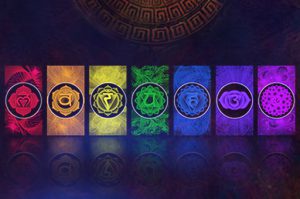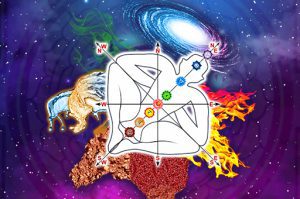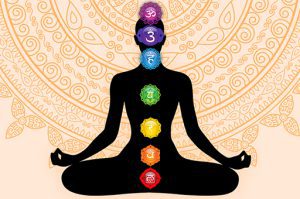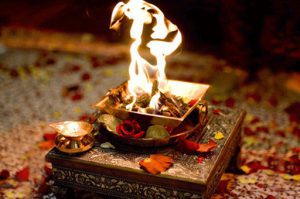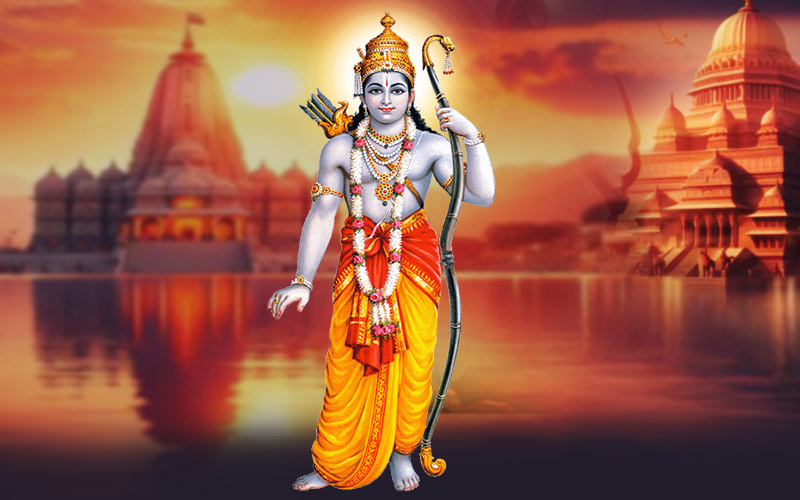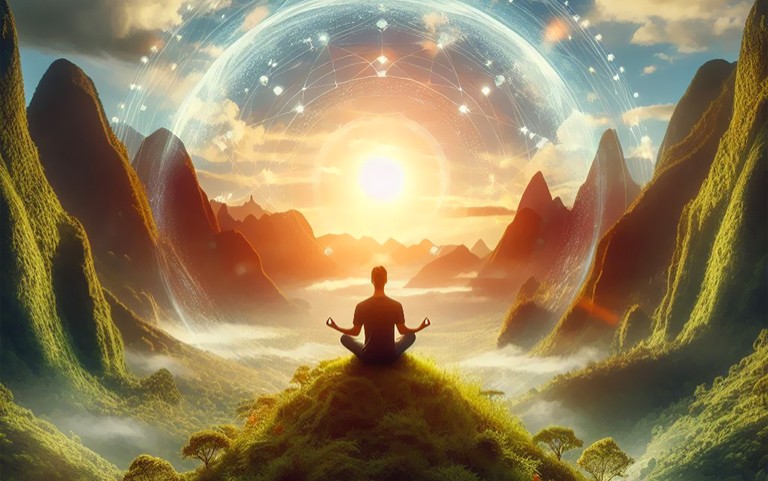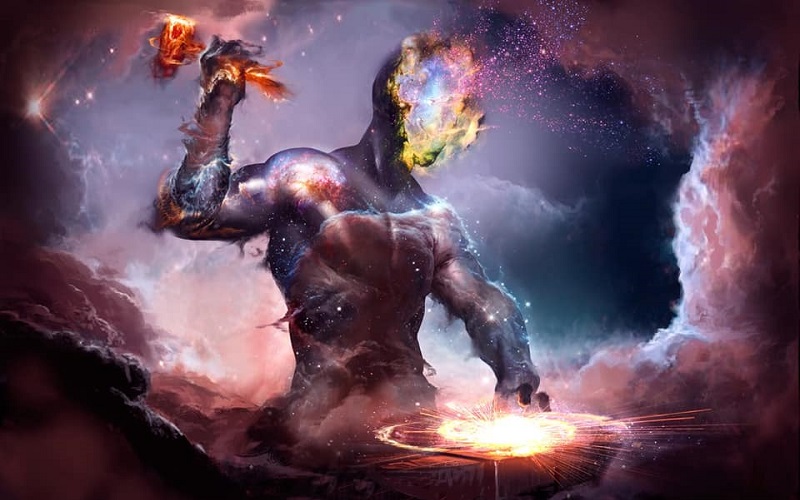
When you think of God, you lift your hands or gaze up at the sky. Is he someone in the sky monitoring you, giving you what you want and rewarding or punishing you according on your actions? God, according to Vedanta, is the Universal Consciousness, which is formless, non-dual, and of a single element. It is known as ‘Sat,’ which means present everywhere; ‘Chit,’ which is the source of the Universe being sentient; and ‘Anand,’ which is pure happiness. As a result, it is known as Sat-Chit-Anand. It is known as ‘Brahman,’ which is referred to as ‘atman’ in the context of a person. Prakriti is the form of God or the Universe. He is thus sensed in many forms and is known by various names such as Ram, Krishna, Allah, Jesus, Waheguru, and so on. Because Prakriti is a mirror of God, everything of nature may be worshiped. This explains why Hindus worship 330 million gods.

The Shiva-Shakti principle is the combination of consciousness and its reflection, and it operates on autopilot as Shakti reflects the infinite Shiva in infinite ways, with each form living its own little story of life in the form of karma until it realizes its oneness with the one supreme consciousness and merges with it. Hence, material forms emerge, things happen to them and they influence things and finally they dissolve into the source. And what changes is the expansive of this Universe and hence the realisation of that one God. If you see the solar system and the galaxies, everything is in place and moving on its own cycle without anyone having to conduct or control it. There is an ancient astrological saying stating “as it is above so is below”. So what happens in our day to day life is also on auto mode with the seed being the intent of self realisation.
God and the Ego

When there is a God, there must also be His absence, which is known as Ego or Ahamkar. The Atman aligns with the ego in its self-discovery journey and creates Karma. The ego’s Iness assumes a separate individuality from the source and seeks survival through desires, control, and expectations. Every egoic thought, feeling, and action generates impressions (sanskaras) that are stored in the subconscious, and these create the story of that soul.
The Shiva-Shakti principle is the combination of consciousness and its reflection, and it operates on autopilot as Shakti reflects the infinite Shiva in infinite ways, with each form living its own little story of life in the form of karma until it realizes its oneness with the one supreme consciousness and merges with it. Hence, material forms emerge, things happen to them and they influence things and finally they dissolve into the source. And what changes is the expansive of this Universe and hence the realisation of that one God. If you see the solar system and the galaxies, everything is in place and moving on its own cycle without anyone having to conduct or control it. There is an ancient astrological saying stating “as it is above so is below”. So what happens in our day to day life is also on auto mode with the seed being the intent of self realisation.

What is Karma?

The “law of karma,” is the notion that all of life is governed by a system of cause and effect, action and reaction, which has matching effects on our immediate and long term future. The law of karma states that you will reap what you sow. The consequence or effects are described in two forms: phalas and samskaras. A ‘phala’ is the visible or invisible effect, which follows immediately in present life. In contrast, samskaras are invisible or unconscious effects. We have to remember that we possess personal karma, family and ancestral karma, societal karma and national karma. And because our personal and family karma is intertwined with the social karma in which it develops, our personal lives are frequently affected by circumstances for which we cannot comprehend the cause or for which we feel unlucky, such as being a victim of a climate catastrophe encoded in our national karma as an extreme example, or a partner’s relationships karma leading to an unexpected heartbreak. Or parents losing a sick child in a hospital, among many other events that can only be explained by the entangled karmas of individuals, groups, societies, and the entire planet. As we go through life, we extenuate our karmas through different experiences. As per Vedanta and Yoga teachings, there are three types of karmas, Sanchita karma, Prarabadha karma and Kriyamana karma. Sanchita is the accumulated karma. As it would be impossible to experience and endure all karmas in one lifetime, from the accumulated sanchita karma, a part of it is processed to be there for one lifetime, which has begun to produce fruit. It only clears out when the fruits are consumed, not otherwise. This is known as prarabdha karma. Prarabdha or fruit-bearing karma, is the portion of accumulated karma, that has “ripened” and appears as a particular life event, generally a challenging event in the present life. Kriyamana karma, is a result of our actions in our present life. Kriyamana karmas penetrate into sanchita karma and consequently shape our future as the cycle of karma continues.
In Autobiography of a Yogi, Paramhansa Yogananda has stated, “Your job, for now, is to get to God. Don’t worry about all the karma, you will still have to complete. Let God worry about that! First, destroy in yourself, the source of karmic involvement. That source is your attachment to the ego. Once the ego is merged in Him, then any actions you perform will no longer revert to yourself. Your actions will be like writing on water: They will leave no trace in the mind. In severing yourself from egoic involvement in any action that you perform, you will have cut the Gordian knot of delusion.”



